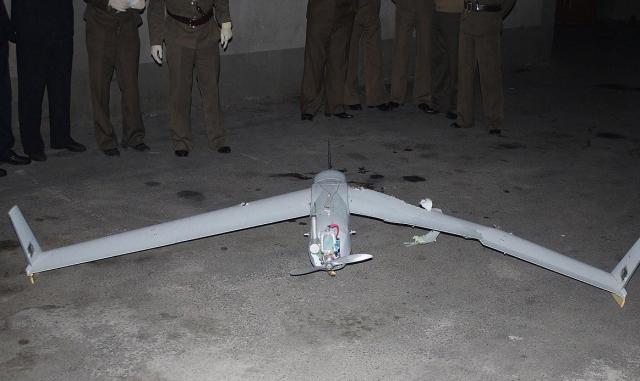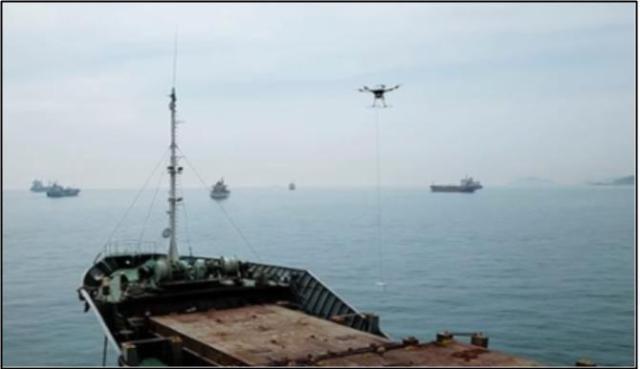
[Gettyimages Bank]
South Korea's farming population is rapidly decreasing to stand at 2.3 million in 2022, down 42.6 percent from four million in 2002. More than 42 percent of farmers are old people aged 65 and older. An annual average of some 20,000 foreign workers are hired by farmers but about 9,500 people left their workplaces because of poor working conditions and became illegal aliens in 2021. Farming is shunned by young South Korean workers because it is considered underpaid, hard, and dirty work.
Because of the shortage of workers and the burden of manpower costs, many chores at farms are mainly done manually by old farmers. While it takes about four hours for a few farmers to spray pesticides on a hectare of crop fields using special speed-spray devices, agricultural drones equipped with a large-sized solution tank and sprayers can finish the crop-dusting job in just 20 minutes.
To help ease the financial burden of farmers who wish to automate their crop dusting and crop-fertilizing processes, Cheorwon County said it will offer up to 50 percent of drone prices for local farmers and private drone operators who plan to buy a new agricultural drone. The county will receive applications from farmers with a drone license, and 15 people will be selected.
Currently, it costs about 200,000 won to hire a drone operator to spray pesticides on a hectare-sized field. Operating a drone can be cheaper than hiring farm workers who receive a daily wage of about 150,000 won each.
"We are receiving very positive feedback from farmers. They are happy that they could start minimizing their workload by receiving subsidies for new drones," Cheorwon County's agricultural technology bureau official Park Sung-jun told Aju Business Daily on February 9.
Currently, drones are used in South Koreans' everyday lives to carry out dangerous missions instead of humans. Flying robots are frequently used to check the structural integrity of hard-to-reach places like the top of a factory chimney or beneath a mega-sized bridge. Emergency workers also use drones equipped with thermal imaging sensors to look for people stranded in the sea or the mountains.




